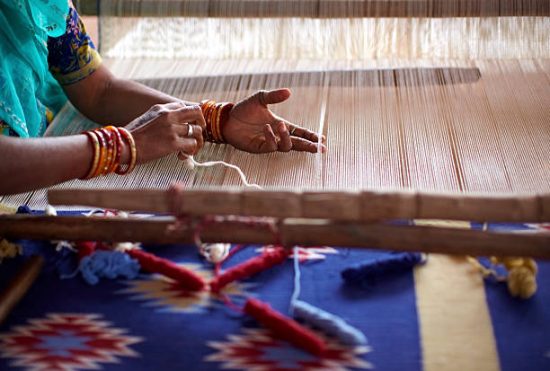Although automation in factories has been significant in textiles, the sector is still heavily dependent on the human element. How will this affect the future of the textile industry? In this article, you’ll find out how these changes impact the fashion industry and the challenges that Artificial Intelligence-based textiles mean for people. By 2022, the fashion industry could hold back on the threat of synthetic fibers in line with industrial robots such as “collaborative symbiosis” programs in manufacturing and service.
What are the most significant changes that will take place in 2022?
In 2022, the fashion industry will undergo a dramatic transformation. Societically progressive companies will have improved conditions to sell their products. Additionally, reducing carbon dioxide emissions could translate into reduced production costs. The textile industry has seen a significant change and demonstrated confidence in the future of environmentally friendly sustainability, something that other industries struggle with. Several changes are planned in the sector of textiles in 2022. One of them is highly automated dyers for fabrics, equipped with a machine designed to eliminate any heat accumulated throughout the dyeing process. A bundle of cotton required dying before a company manufacturer king size sheets, cotton apparel, and dresses. Conveyors are also anticipated to gain popularity, specifically overhead transverse since they can handle more goods and other supplies than vertical conveyors.
What will the market look to be in 2022?
Industries and textiles are an industry-specific market that is rapidly growing and has already witnessed an increase of 81% in global demand. In 2018, the global textile market was predicted to be worth $17 billion. By 2022, it is expected that the need for these textiles is expected to nearly double. Nearly everyone is aware of the usage and significance of textiles in various aspects of their life. Materials, clothing, structures used in construction and toys, and interior decorations – every use of textiles are constant. Information from the textile industry in 2022 suggests that the demand for textiles will rise by 73.97 percent or around 100 million tonnes per year.
What will the work environment alter for both employers and employees in 2022?
There are many changes expected within the next few years for textiles, with the most important being that there will be robots and machines to reuse materials to convert a white color fabric into a blue base. In 2022 machine learning, a type of AI used in the textile industry is popular because it can guide the materials and design according to demand. Since machines assist in making clothes appear, There will change the sewing sector as well. There aren’t many people to complete this type of work, as appliances can repair any fabric made by any vendor. Thanks to machines and automation, the world of textiles is set to change drastically in the next 22 years compared to the current situation. Automation will mean that humans will require different abilities for specific tasks like sewing. It could take over many jobs; however, certain workers would be specialized in choosing the printed clothes at a time. It is a possible future in which employers are searching for individuals with innovative and interactive skills incorporated into their brains instead of just people with mechanical talent and technical skills based on the real world.
How will brands continue to grow in 2022?
The textile industry is the biggest spender on advertising. It is a significant shift for brands in the next decade since the usage of textiles across all products is expected to decrease.
If your business can survive and thrive in this era of disruption and reshapes itself, it will do so through innovation and making use of data efficiently. The apparel and textile industry will face a tough time within the next few years. There’s no indication of improvement for the apparel and textile industry. Demand for apparel and textiles fell by 6.9 percent in just one year and continues to decrease by 13.4 percent in the past 10-year period (WWAC 2020). The industry anticipates that fashion sales will increase by 2.6 percent per year, aligned with a decrease of 2.8 percent.



